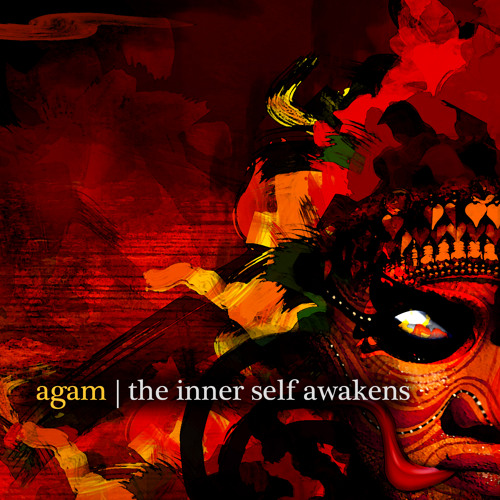During the '80s, just a few bands wrote uncompromising and beautiful symphonic rock like this Estonian banddid with "Sümfoonia Seitsmele Esitajale". Its leader Erkki-Sven Tüür abandoned his own musical creature after the release of its first self titled album to start a new career as a classical composer. This opening suite in three movements (Ostium, Illuminatio and Mare Vitreum) surely is his most important addition to prog rock history. Its title means "Symphony for Seven Performers" and the whole track actually sounds as chamber rock, featuring three different moods.
After E.S.Tüür's abandon, "In Spe" also released a second LP.
The first one is based on electronic keyboards - played by E.S. Tüür himself - and is the most experimental one. Illuminatio flows quieter on the classical side, mixing traditional instruments and some discreet synths. The final section probably is my favourite one. It includes both rock and classical sounds, ranging from delicate interplays to majestic musical waves, with a pinch of folk inside. Many changes, many sounds and many instruments grace this suite, along with well found melodies. That's why I hope my prog friend will appreciate this composition as much as I did.


